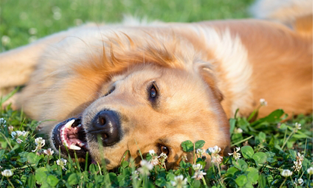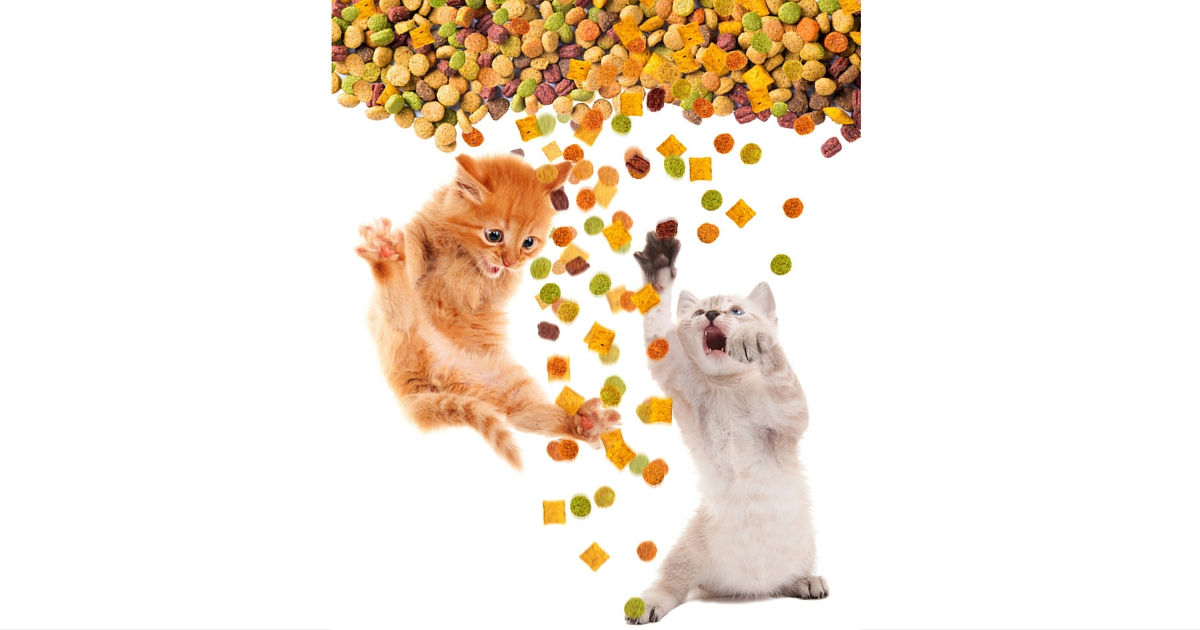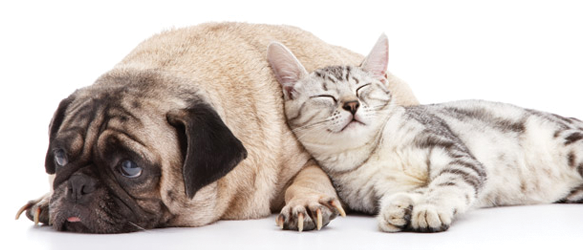Fine food for fussy felines
Cats can be particular. In fact, they can be down-right stubborn, especially when it comes to their eating habits. So let’s talk about feeding your picky-eater kitty cat.
Did you know that cats don’t have the genes that would allow them to taste and/or appreciate sweets? This was news to me, and I suppose it explains why I’ve never seen a cat diving into a bowl of jelly beans, or appreciating a taste of my ice cream cone.
It turns out that cats are also predisposed genetically to avoid bitter tastes and they actually have at least seven functional bitter taste receptors.
The theory is that most bitter tasting plants are poisonous. Animals don’t want to be poisoned, and plants don’t want to be eaten, so they’ve developed the purr-fect symbiotic relationship, and now we know why our kitties are really only interested in meat, i.e., leftover Christmas turkey, roast beef, salmon and ham. You can skip the sweet potatoes, cranberry sauce and plum pudding – they won’t eat any of it!
What should you feed your cat?
Vets and animal nutritionists suggest that cats need a mix of proteins, carbs, fibre, fats and vitamins for optimal health.
- Protein should make up about 1/3 of your cat’s diet. Protein contains the 11 essential amino acids that build strong muscles and provide energy. Be careful though – too much protein is dangerous to your cat’s kidney health.
- Carbohydrates contain vitamins, minerals, fatty acids phytonutrients and fibre for a healthy digestive tract and to help regulate weight. Whole grains and potatoes are healthy carbs for cats.
- Next come fats and oils which control inflammation, help develop a healthy skin and coat and are essential for proper brain and eye development.
- The last component in your cat’s bowl is represented by critical vitamins and minerals. Fruits, vegetables, grains and meats are all natural sources of good health vitamins and minerals. They play vital roles in tissue growth and the functioning of the immune system.
What to look for on the cat food label
One well-known and vet-recommended dry cat chow looks like this:
Protein 33%, Fat 18%, Fibre 6-7%, Moisture 10%, Omega 6 Fats 3%, Omega 3 fats .5%.
The protein is from chicken and eggs, the fats are flaxseed and fish oils and fibre is comprised of barley, oats and peas. The vitamins, minerals and fatty acids come from the same source as for humans – supplements.
Don’t forget a never-ending supply of fresh cool water for your kitty, and if she’s not too keen on drinking (a common problem in the feline community), try mixing her wet food with warm water to create ‘soup.’ I knew a cat who loved that!
Useful links
Health and Harmful Foods for Cats
Related Articles:
4 Quick and Easy Homemade Cat Treats

10 important questions to ask before boarding your pet
Going away on holiday can be an exciting time for us pet owners, yet how can you be sure that your companions stay will be as happy and relaxing as your own, whilst you are away? Leaving your pet with knowledgeable and experienced pet boarding operators can be achieved by knowing the right questions to ask.
Read more

 *Fully tax deductible, 30 day money back guarantee
*Fully tax deductible, 30 day money back guarantee




